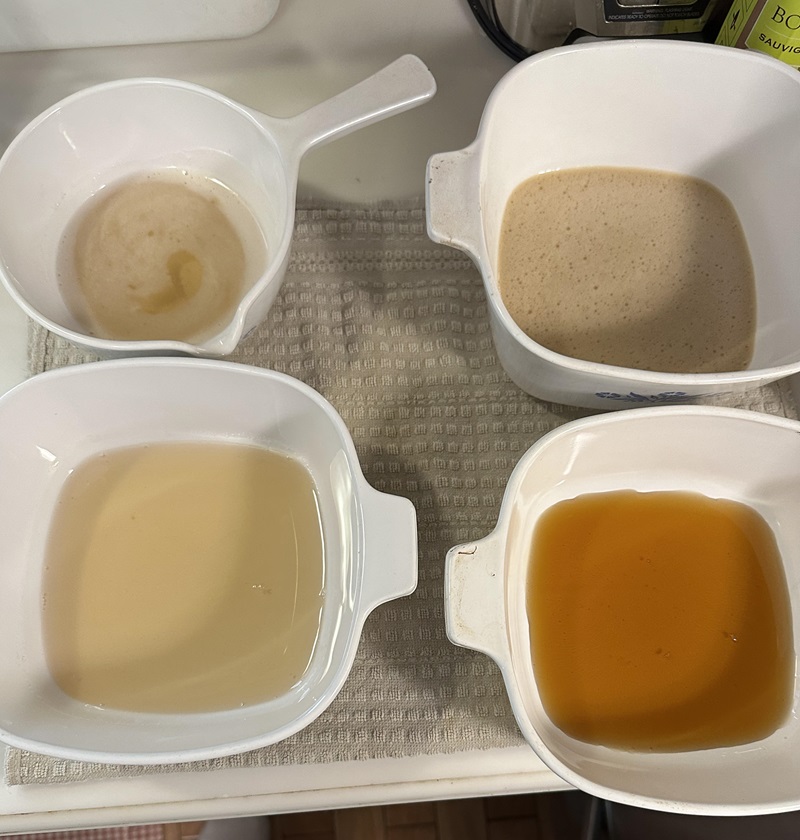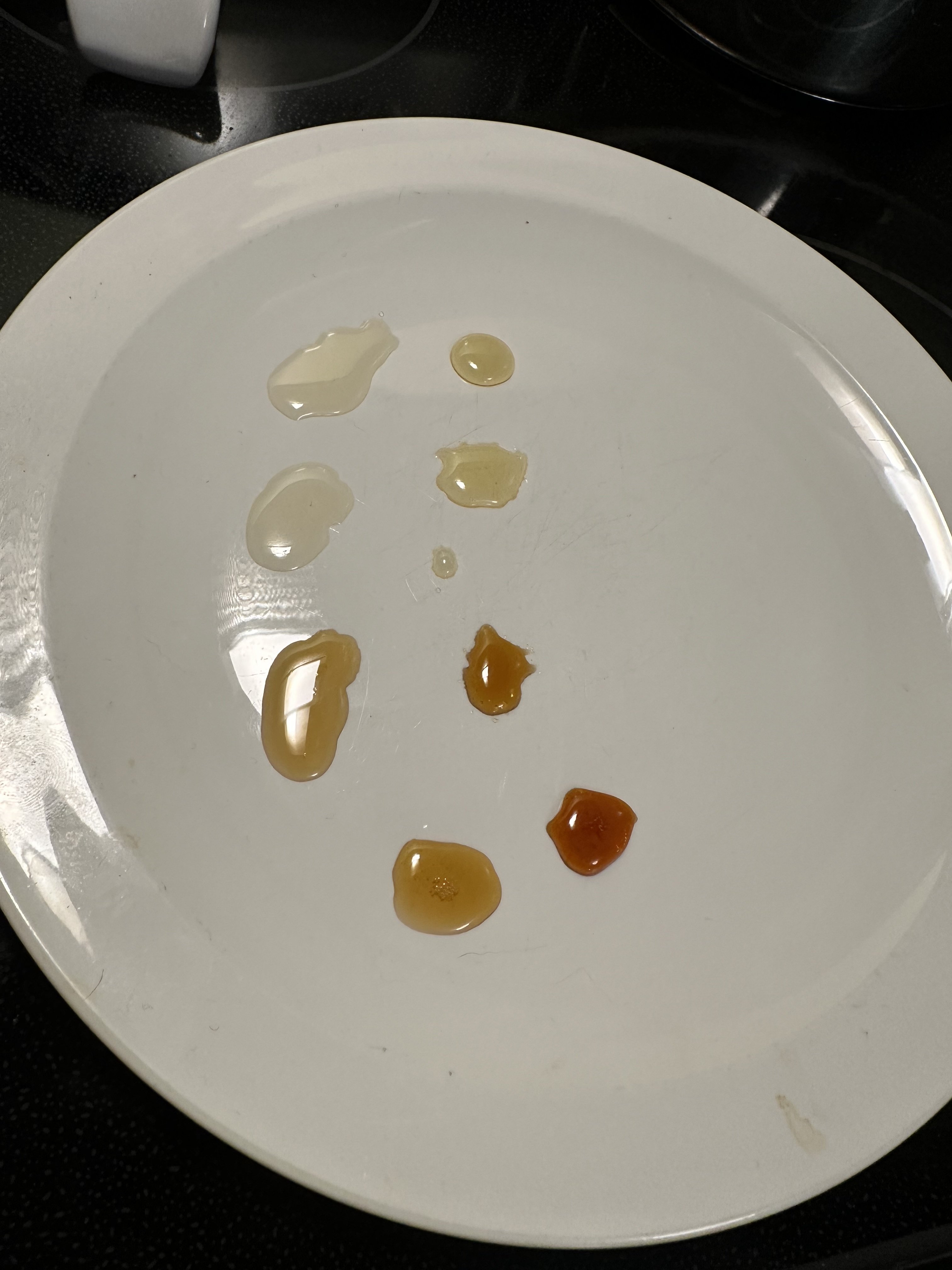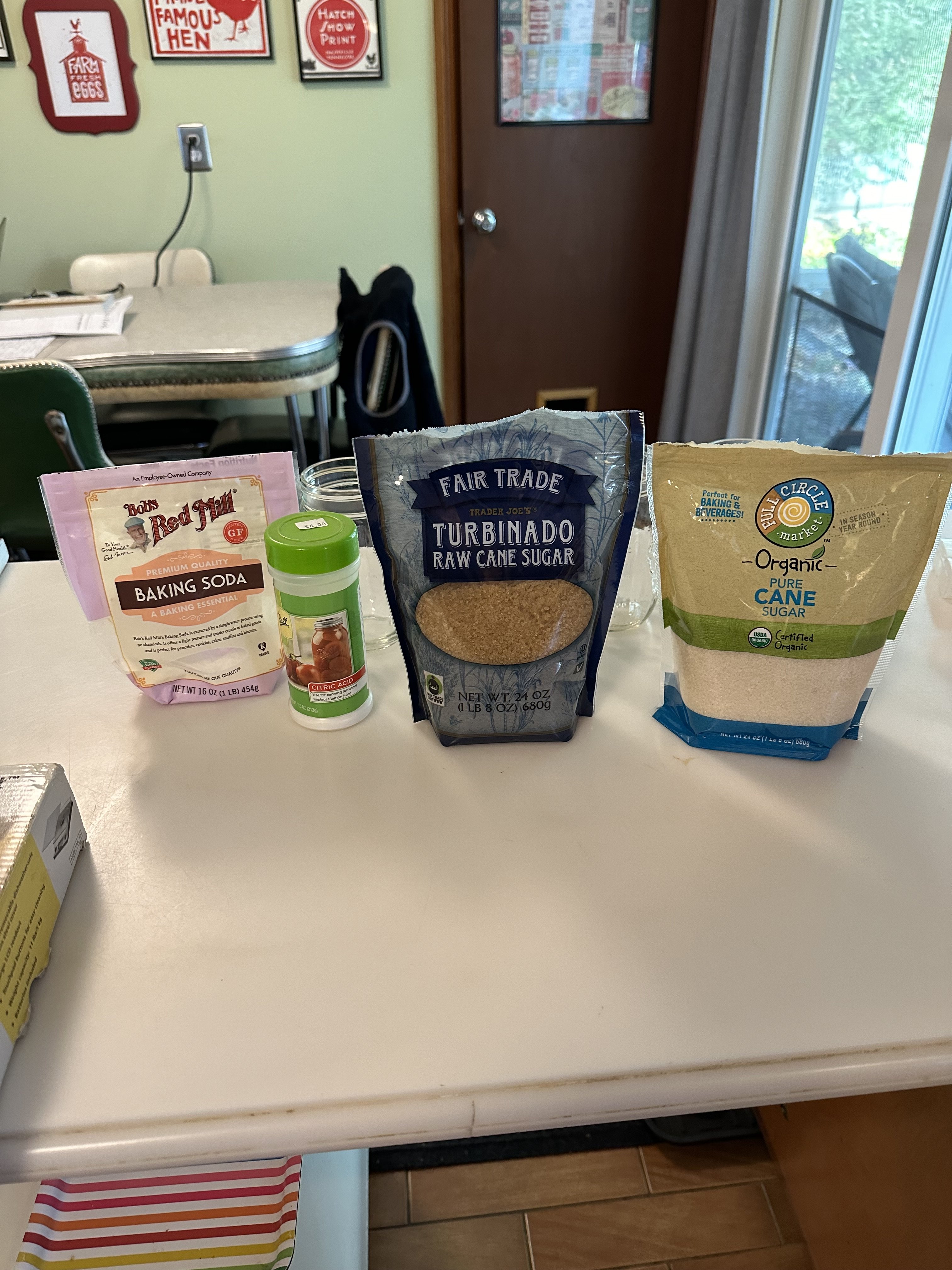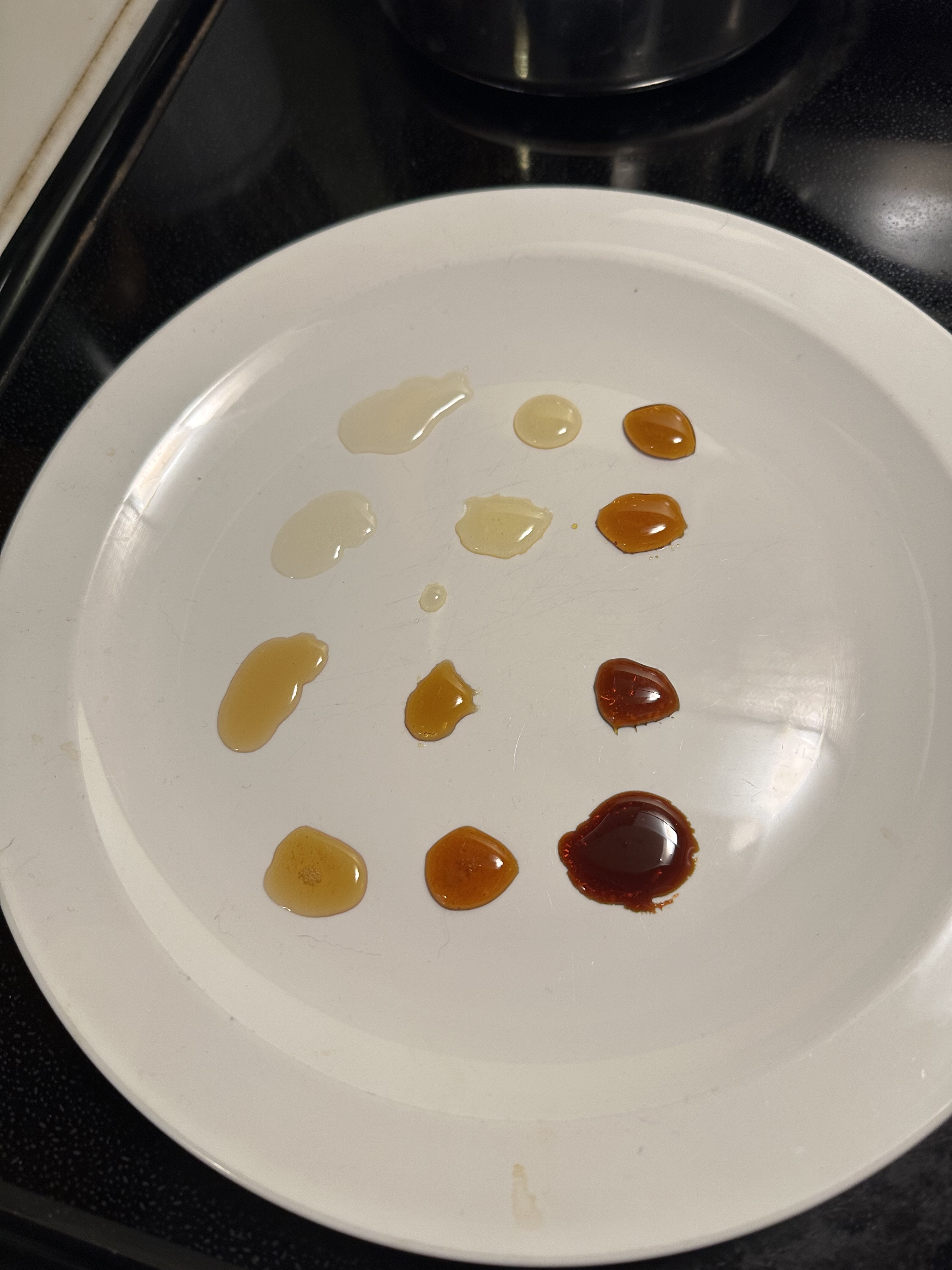Have a look at Ron's blog. He goes into much detail there, you should be able to find it quickly.Source? My research so far has suggested that the combination of inversion and heating does indeed produce caramelisation. No maillard ist correct, since that needs proteins (amino acids). But caramelisation definitely takes place, since Fructose caramelises at 110°C and we create Fructose by the inversion.
If you look at the 1896 paper about invert sugar you'll find that they intensely filter the sugar before the process and during it. My understanding is that they are actually using white sugar for their process and it is only the boil time that creates the colour. Mixing with Molasses is done nowadays, by Ragus for example, but it does not need to mean it was always done like that.
If on the other hand you want a quick invert no 3 and have turbinado at hand, you do not need to bother with inverting first, since adding it at the last 10 min of the boil will cause inversion, since wort is a sour medium.
The main thing that he mentions is that it needs to be not completely refined sugar to start with. Rohrohrzucker from Alnatura fits the description perfectly and I've used it successfully many times, for the Germans.
It looks like the main source of colour is indeed the refinery grade of the sugar and not caramelization. But nevertheless, some caramelization takes place, and the type of caramelisation and maillard reaction is depending on the little "impurities" that partially refined sugar brings to the table. Seems to be important that it's based on sugar cane, not beet sugar.
One thing that hasn't been mentioned here yet, they use acid to invert the sugar, and then they neutralise it. Cheap way is using a bit of baking soda. I've made tests and it changes the flavour when added to the hot invert sugar. It is a bit like a different type of maillard reaction takes place instantly once the ph is neutral again.
But be careful! It foams over really easily when baking soda is added to the hot invert!!!
Last edited:




















![Craft A Brew - Safale S-04 Dry Yeast - Fermentis - English Ale Dry Yeast - For English and American Ales and Hard Apple Ciders - Ingredients for Home Brewing - Beer Making Supplies - [1 Pack]](https://m.media-amazon.com/images/I/41fVGNh6JfL._SL500_.jpg)













































